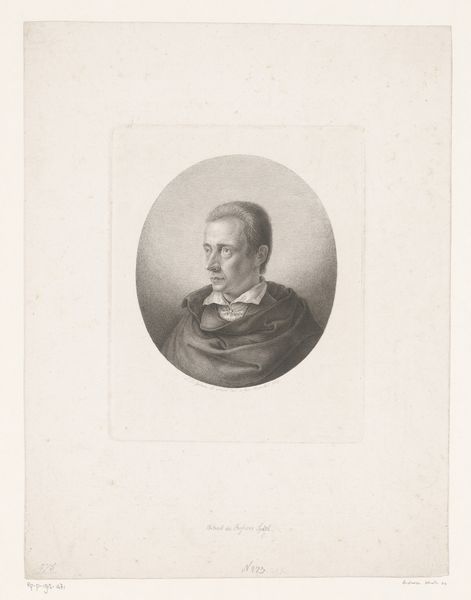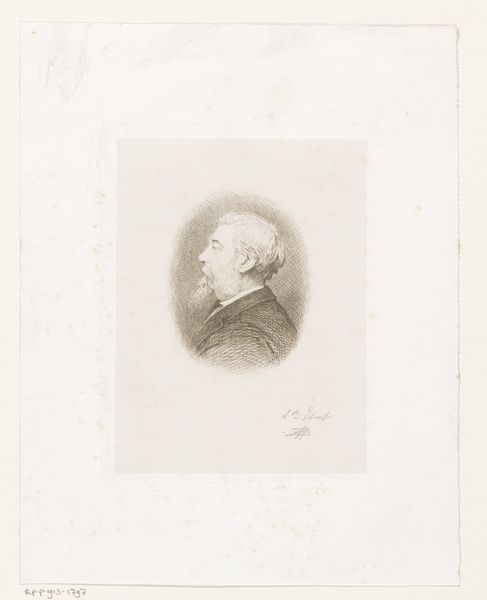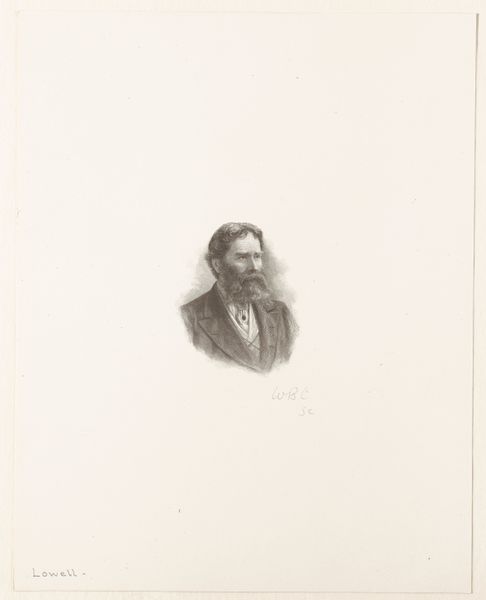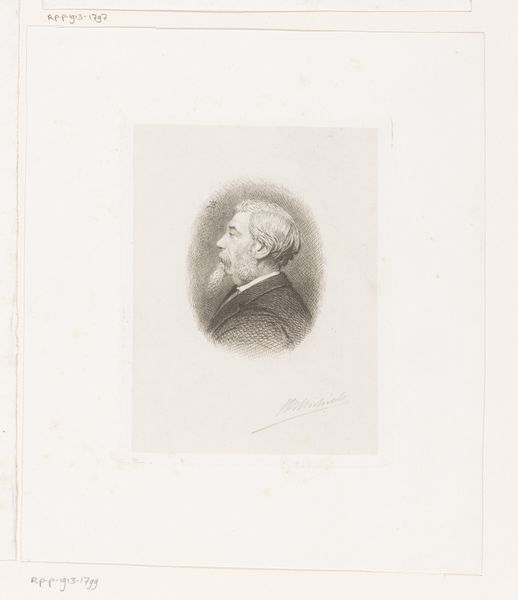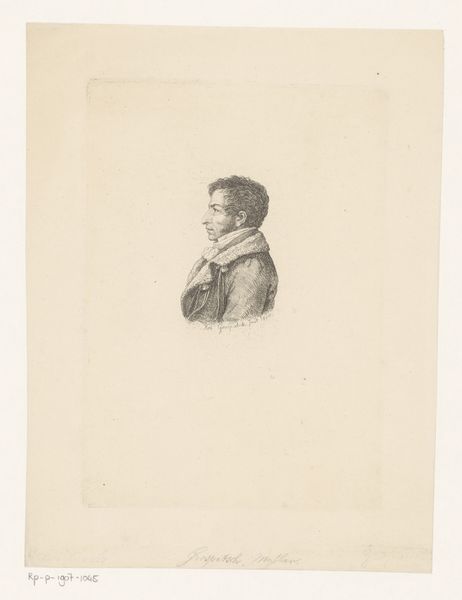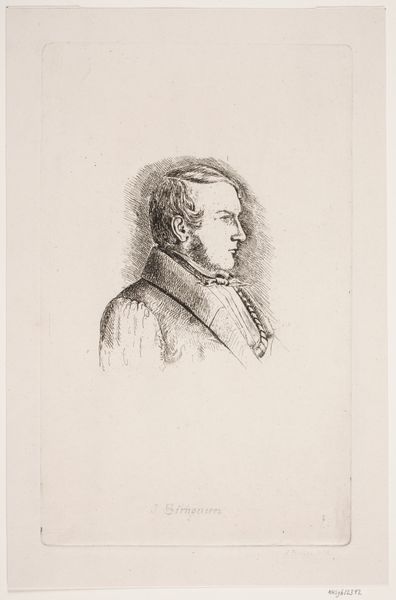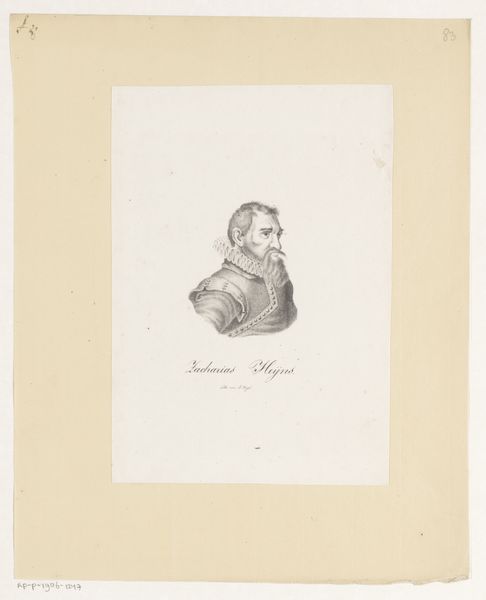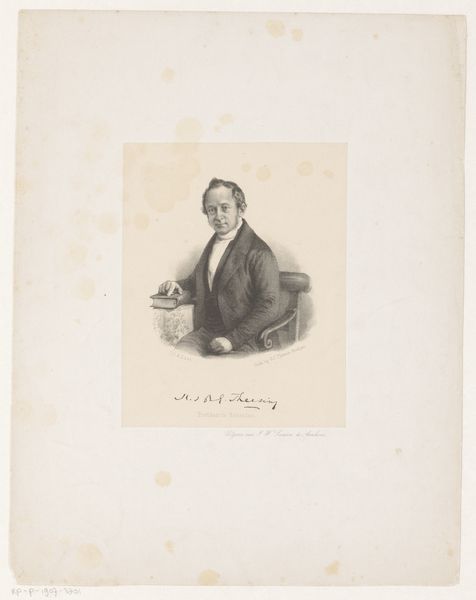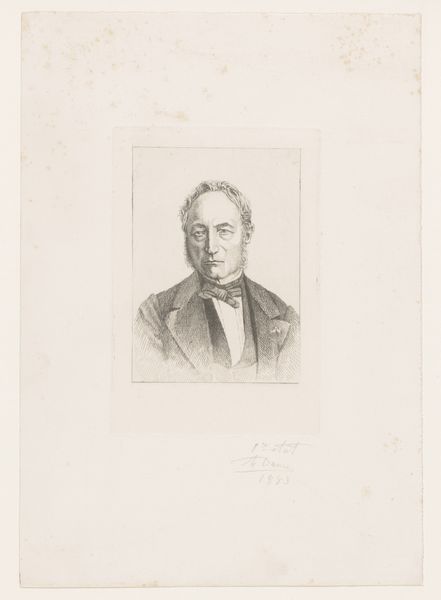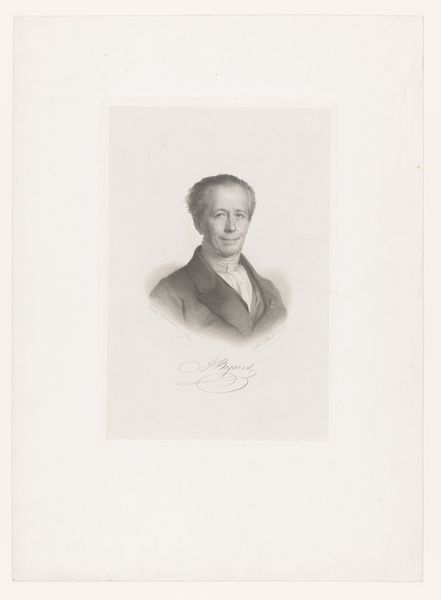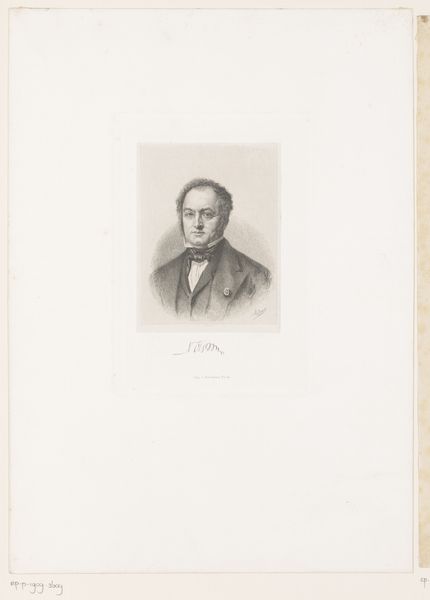
print, engraving
#
portrait
# print
#
engraving
#
realism
Dimensions: height 125 mm, width 83 mm
Copyright: Rijks Museum: Open Domain
This portrait of Prosper Jolyot de Crébillon was made by Joseph Schubert, and now resides in the Rijksmuseum. Crébillon is depicted with a toga-like robe, a symbol deeply rooted in classical antiquity. The toga, initially a garment of Roman citizenship, evolved into a visual shorthand for authority, wisdom, and civic virtue. We see echoes of this in countless later portraits: senators, philosophers, and poets draped in similar robes, each consciously linking themselves to the prestige of the classical world. Consider the Renaissance fascination with antiquity: artists and patrons alike sought to revive classical forms and ideals. This portrait is a continuation of that cultural memory, a deliberate invocation of the gravitas associated with ancient Rome, yet adapted with a new interpretation. The collective subconscious remembers Rome as the beginning of the western world as we know it, and the emotions associated with that symbolism engage the viewer on a deep, subconscious level. The non-linear, cyclical progression of this symbol, and how it has resurfaced, evolved, and taken on new meanings in different historical contexts is fascinating.
Comments
No comments
Be the first to comment and join the conversation on the ultimate creative platform.
